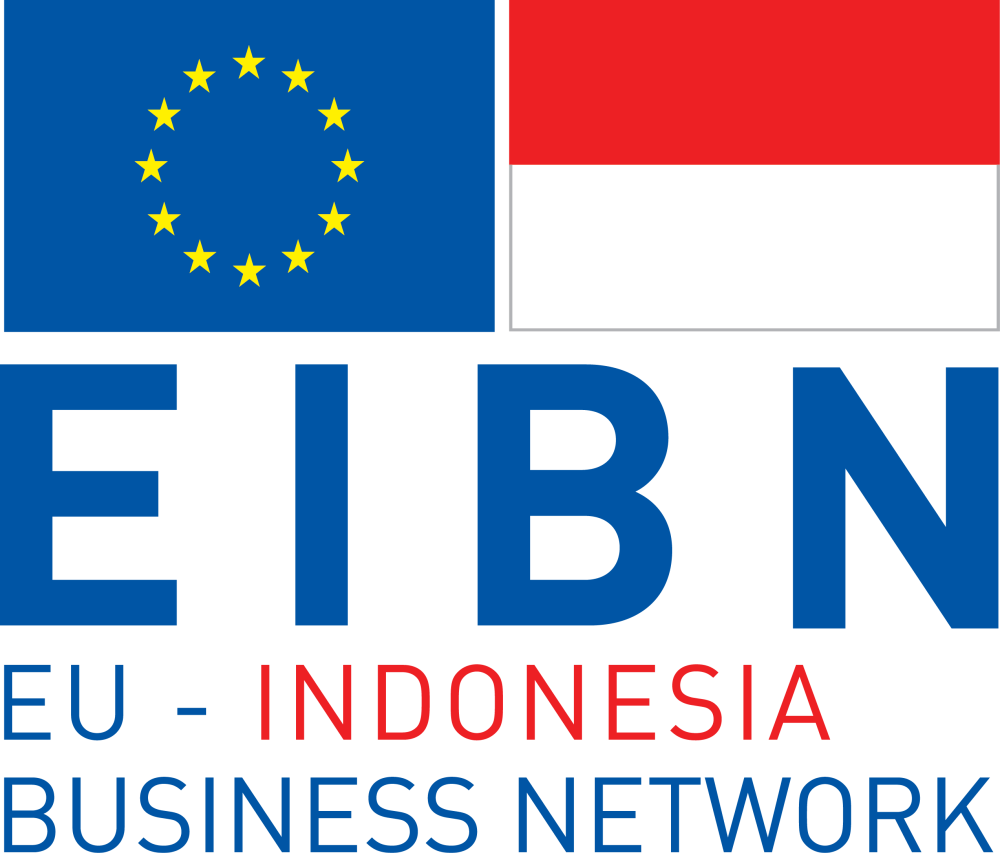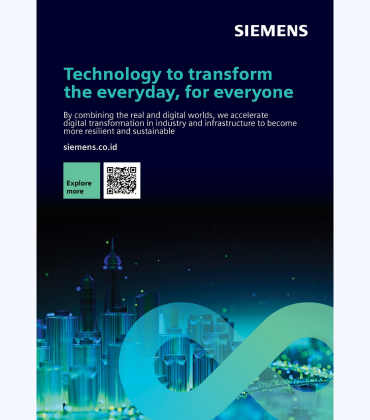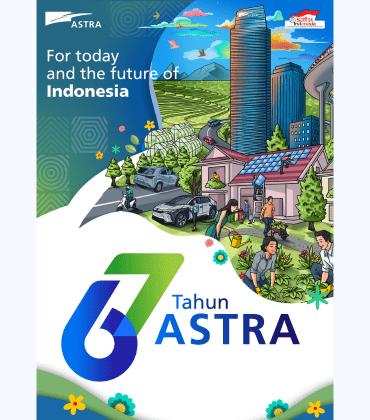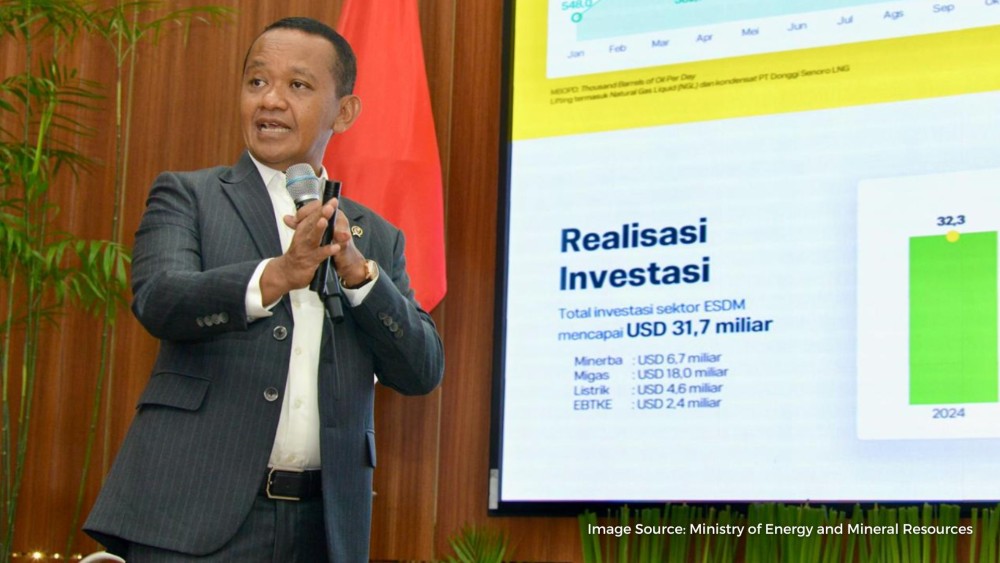Indonesia’s food and beverage industry is one of its top contributors to growth. According to various reports, Retail sales for food in Indonesia has experienced rapid growth of between 18 and 20% as of 2019; a trend that is expected to continue. Full-service restaurants is the largest foodservice channel in Indonesia, accounting for 86.5% of total revenue for all restaurant channels in 2019. This reflects the Indonesian tradition of enjoying a sit-down meal in a restaurant as social interaction plays a particularly important role in Indonesian society. This is in addition to the large impact of tourists and meetings, incentives, conferences and events (MICE) consumers.
Increasing urbanization, a constantly rising income, a young population, and an emerging middle class ensure increases in domestic consumption. The food and beverage sector is traditionally one of the major pillars of Indonesia’s economy, having contributed 32% of the national GDP in 2014 alone. With USD 1.2 billion (IDR 16.8 trillion) in investment flows in 2019, representing 9.4% of domestic and 4.5% of foreign direct investments, the sector is also proving to be quite the investment target.
In line with the rising demand in the food and beverages sector over the last years, the packaging industry significantly profited from changing consumption patterns in Indonesia, with customers looking for processed and packaged food in attractive and hygienic wrapping. This resulted in an average growth rate of 10% between 2005 and 2013. Since the Indonesian food and beverage industry requires 70% of the total packaging supply, it is the most important market for packaging machinery. However, the current Indonesian machinery production output is not able to satisfy the demand. Thus, most of the packaging machinery is currently being imported and is estimated to continue to be in the medium-term. Despite competition from Asia, European suppliers of packaging machinery are the top exporters to Indonesia. Germany with USD 145,7million and Italy with USD 118,1 million are clearly the leading players in the field, compared, for example, to the biggest Asian supplier, China, with an import volume of only USD 24,5 million.
Consequently, conditions for European suppliers of packaging machinery in Indonesia’s food and beverage sector are promising in regard to business opportunities. While it is true that market entry challenges, such as infrastructure deficiencies, high raw material and logistic costs exist, Indonesia’s food and beverage packaging machinery market holds very big potential. Indonesia is a consumer market of a predicted eight to nine million affluent, middle-class consumers by 2020. That number is estimated to hit 90 million by 2030.
Logistic costs are a challenge for potential suppliers of packaging machinery, due to Indonesia’s infrastructure; ports and road systems in the country are not in the best condition and in Jakarta, it is often only possible to visit up to two customers a day due to traffic. This leads to logistic costs in Indonesia of up to 20% of the total costs, compared to 8% in China. Also, fuel and electricity are not consistently available, creating difficulties, especially for large-scale productions.
All imports into Indonesia can easily be subject to price increases, since they are highly dependent on the exchange rate of the Indonesian Rupiah. Consequently, the country’s import dependency on raw materials such as wheat and sugar lead to a food and beverage sector that is not yet self-sufficient. The shortage in plastics sees prices for raw materials in the Indonesian packaging industry making up around 60% of production costs. Finally, the appropriate disposal of plastics remains a challenge, as an increasing amount of non-degradable plastic ends up in the environment. According to the Global Business Guide Indonesia, only about 40% of all plastic packaging is currently recycled in the country. The Indonesian government has started initial attempts to encourage companies to go “green”. Recycled raw materials could become more interesting in the future of the Indonesian packaging industry.
Economic analysts around the world have increasingly put a spotlight on Indonesia’s food and beverage market and give positive outlooks on its current and potential future development. Packaging machinery is one of the biggest beneficiaries of this promising performance, since the food and beverage market demands 70% of the packaging technology.
Constant growth rates in food and beverage consumption of around 8% annually and positive developments of social economic factors, such as rising real incomes and urbanization, have led to an increase in purchasing power. Changing consumer patterns in Indonesian society has increased demand for processed, packaged and attractively wrapped food. Therefore, according to the Indonesian Packaging Association IPF, the packaging industry saw stable growth rates of 10% over recent years. Stable growth rates are also expected for the coming years.
The current Indonesian market is not able to provide the necessary amounts of machinery needed to satisfy the demand for packaged food, including specifics like attractive, cost-efficient and hygienic wrapping. Most of the packaging machinery is and, for the years to come, will need to be, imported. In 2014, the country imported technology worth USD 250.4 million, from which the lion’s share of machinery worth USD 145.7 million came from Germany. Along with Italy providing imports worth USD 118.1 million, Germany is the main supplier of packaging machinery to Indonesia.
Overall, there is a positive outlook for the packaging industry, which has expected an 8% growth in 2015. The steadily rising investments in the sector, the stable dominance of foreign suppliers of packaging machinery and low plastics consumption, currently provides beneficial conditions and promising business opportunities for companies looking to export their packaging machinery to Indonesia’s constantly growing food and beverage sector.
This content is done in collaboration with:
Business Sectors








